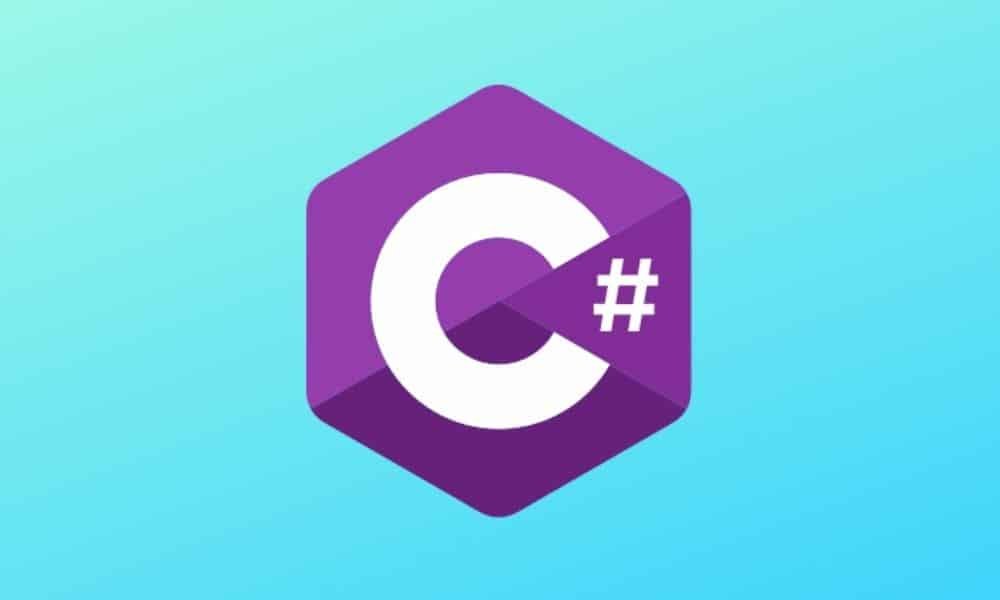Understanding Abstraction in Programming with C# Classes and Objects
When it comes to programming, the concept of abstraction plays a crucial role in simplifying complex systems and making them more manageable. In C#, one of the most popular programming languages, abstraction is achieved through the use of classes and objects. In this article, we will explore the concept of abstraction and how it is implemented in C# through classes and objects.
What is Abstraction?
Abstraction is a fundamental concept in object-oriented programming that allows us to represent real-world entities in a simplified manner. It involves focusing on the essential features of an object while hiding the unnecessary details. By abstracting away the complexities, we can create more modular and maintainable code.
The Role of Classes and Objects
In C#, classes and objects are the building blocks of abstraction. A class is a blueprint or template that defines the properties and behaviors of an object. It serves as a container for related data and functions. On the other hand, an object is an instance of a class. It represents a specific entity with its own unique state and behavior.
Let’s take an example to understand this better. Consider a class called “Car” that represents a car object. The class might have properties like “brand,” “model,” and “color,” as well as methods like “startEngine” and “accelerate.” By creating objects from this class, we can represent different cars with their specific characteristics and behaviors.
Encapsulation and Data Hiding
One of the key principles of abstraction is encapsulation, which refers to the bundling of data and methods within a class. Encapsulation allows us to control the access to the internal data of an object and ensures that it can only be modified through defined methods.
In C#, we can achieve encapsulation by using access modifiers like public, private, and protected. By marking certain members of a class as private, we can hide them from external access and provide controlled access through public methods. This helps in maintaining data integrity and prevents unauthorized modifications.
Inheritance and Polymorphism
Another important aspect of abstraction in C# is inheritance. Inheritance allows us to create new classes based on existing classes, inheriting their properties and behaviors. This promotes code reuse and helps in creating a hierarchical structure of classes.
Polymorphism, on the other hand, enables objects to take on multiple forms. It allows us to treat objects of different classes as instances of a common base class. This flexibility allows for more generic programming and enhances the extensibility of the code.
Benefits of Abstraction in Programming
Abstraction brings several benefits to the programming process. Firstly, it helps in managing complexity by breaking down a system into smaller, more manageable parts. This makes the code easier to understand, maintain, and debug.
Secondly, abstraction promotes code reusability. By creating modular and reusable classes, we can avoid duplicating code and save development time. This leads to more efficient and scalable applications.
Lastly, abstraction enhances the overall flexibility of the code. By abstracting away the implementation details, we can make changes to the underlying code without affecting the rest of the system. This allows for easier updates and adaptations to changing requirements.
External Resources
If you’re interested in diving deeper into the topic of abstraction in programming and its implementation in C#, here are some external resources you may find helpful:
Conclusion
Abstraction is a powerful concept in programming that allows us to simplify complex systems and create more modular and maintainable code. In C#, abstraction is achieved through the use of classes and objects. By focusing on the essential features and hiding unnecessary details, we can build more flexible and scalable applications. Understanding abstraction and its implementation in C# is essential for any developer looking to write clean and efficient code.

